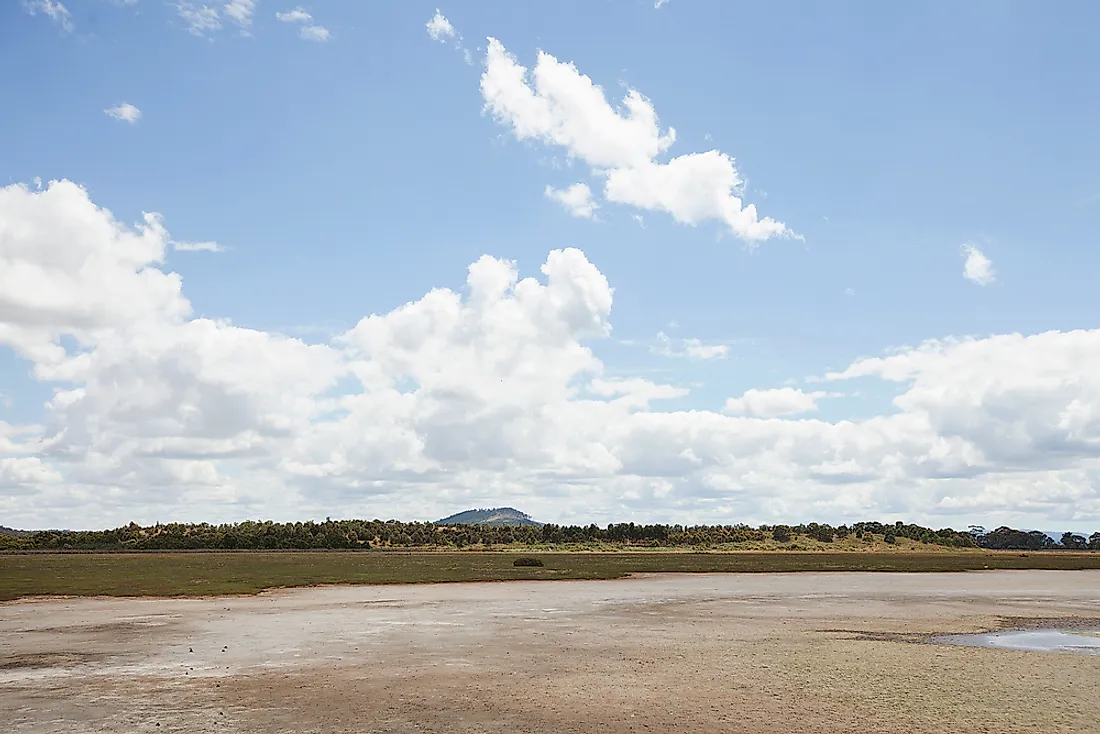High Soil Salinity in Australia

Salt is an element that occurs naturally in the water and soils. Salinity in soil can be caused by two natural processes which include the gradual withdrawal of ocean water leaving behind salts and the weathering of minerals. Soil salinity also occurs due to human-made process such as irrigation making it one of the principal causes of soil degradation in Australia. Salinity has been destroying the productivity of arable land in Australia for decades leaving huge masses of land affected.
The Problem Of Soil Salinity
Salinity has become a major concern to many nations that are prone to high soil salinity especially Australia. Soil salinity together with dryland salinity are the two primary threats experienced in many parts of Australian. The areas that are most prone to degrade due to salinity in Australia are the Eastern and Western Mallee located in Western Australia. The neighboring lands to Dumbleyung Lake and East Lake Bryde have also been damaged due to salinity. Areas of Australia that have been affected by salinity as a result of artificial processes include the Werrimull town due to land clearing and the Murray River valley due to irrigation.
Causes Of Soil Salinity
Naturally, the Australian soil contains salt components which have build up over an extended period of time. The salt present in the Australia soils may have accumulated due to the drying up of inland seas, the weathering of parent rocks and deposits of oceanic salt brought by prevailing winds. During precipitation, the accumulated salt will be absorbed to the subsoil where it is stored within the soil profile and continues to build up. Irrigation is another key player in the contribution of salinity together with the clearing of land which has significantly reduced the amount of native vegetation.
Effects Of Soil Salinity
High salinity causes dehydration and eventual death of plants since they are not able to take up water or nutrients. Salinity adversely affects food production in Australian and will finally impact negatively the economy. Salinity also effect infrastructure, for example, underground pipes, cables, roads, and buildings start to deteriorate due to oxidation and causing corrosion. Salinity also interferes with the quality of drinking and irrigation water leading to serious economic and environmental effects. At present, an estimated 5.7 million hectares of land is classified under high potential for salinization, and the numbers are projected to increase to 17 million hectares by the year 2050.
Solutions To Soil Salinity
The Australian government has taken the initiative to help manage the threat of salinity and its consequences. The government’s approach is to tackle the salinity problem starting at the national to the regional and state levels then down to the local and individual levels. The Australian government has worked together with other organizations such as the National Action Plan for Salinity and Water and Caring for our Country, Natural Heritage Trust, National Soil Conservation Program and National Landcare Program since 1983 in the management of the salinity issue. Each of the organizations played different roles in different levels. Some of the current isolations include soil treatment, and the treatment for soil erosion, tree farming initiatives, community support through conservation projects and agreements, re-vegetation, training, monitoring programs and fencing among others. Regions with higher levels of salinity are encouraged to grow salt-tolerant plants which can thrive in severely saline soils.











